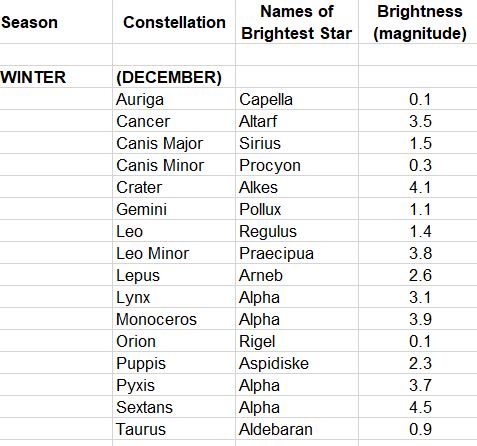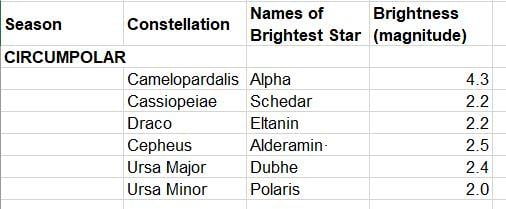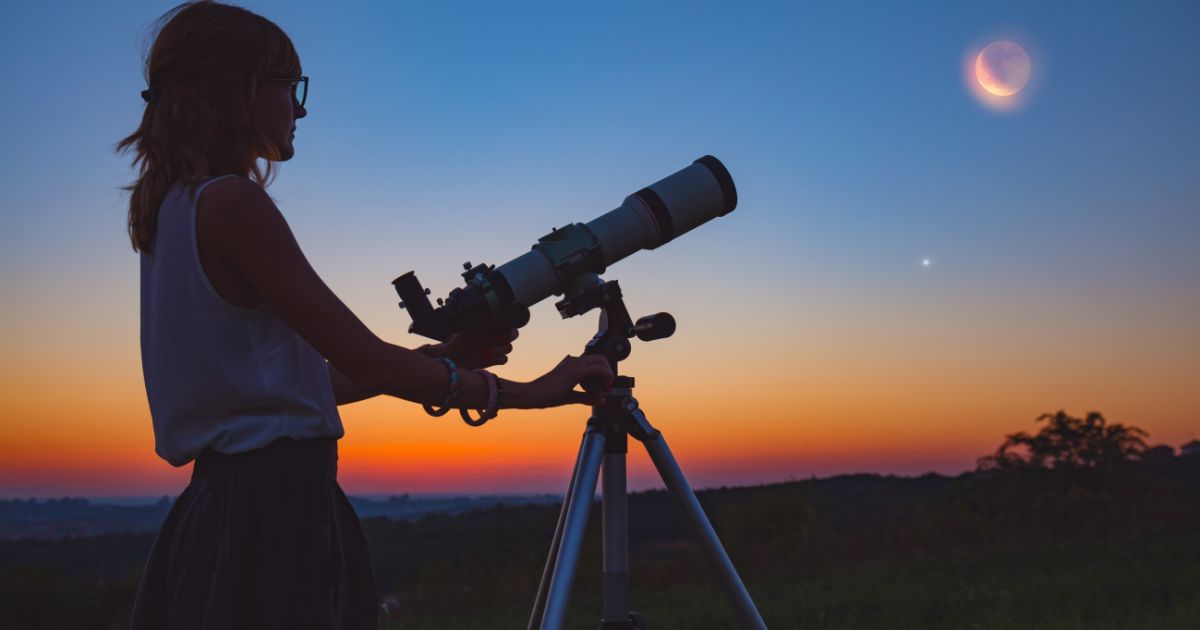For guidance on reading the tables for beginners – please go here
The month begins with the crescent Moon about 2.5° south of Venus in the evening sky. Although not visible in small binoculars, Neptune is about 1° further south of the Moon and dimmer than the faint stars you see with typical consumer binoculars. Mars has moved higher into the Constellation Gemini with the stars Castor (upper star) and Pollux (lower star) to the left.
On the afternoon of February 9, the Moon will orbit in front of Mars. However the Moon is below the horizon for observers east of Quebec. You should stand in the shadow of a building and use binoculars. (The building will prevent you from unintentionally being blinded by the Sun.) On February 24, Mars ceases its western motion as the Earth overtakes it in our orbit. It will now appear to move back towards the east.
The plane of the planets (the ecliptic) arcs across the sky from Saturn and Venus in the west to Jupiter and Mars in the east. Although Moon doesn’t follow the ecliptic, it will enhance our view. To gain further inside from the “structure” of the night sky, contrast the plane of the ecliptic to that of our horizon and the plane of our galaxy, which at this time passes from the NW, overhead to the SE.
NOTABLE EVENTS
Feb 5 1st quarter Moon
Feb 9 Moon passes in front of Mars (13:17-14:09) for observers east of Montreal
Feb 12 Full Moon
Feb 16 Sun enters Aquarius
Feb 20 Last Quarter Moon
Feb 24 Mars “stationary”
Feb 25 Bright Mercury rises above the fainter Saturn in the West
Feb 27 New Moon
MONTHLY TABLE

Dates for the Phases of the Moon

Entries are in Eastern Time and only require time zone correction. Do not use the correction from the “Ottawa-Time” table. Saskatchewan and parts of BC and Ontario do not use daylight savings. In these regions, subtract 1-hour from these times from March 10 to November 3.
Planetary Configurations
When at Opposition, planets will appear on the opposite side of the sky from the Sun – very roughly on the meridian at midnight. Conjunctions are when the planet has the same “longitude” as the Sun. A Superior Conjunction is when the planet is on the other side of the Sun, and an Inferior Conjunction is when it is between the Earth and the Sun. Only Mercury and Venus can be at Inferior Conjunction. Maximum elongation is when Mercury and Venus appear farthest from the Sun in our sky. This occurs either in our morning eastern sky (mor.) or our western evening sky (eve.). Do not apply the Ottawa-correction times to the times in this table.

Prominent Constellations by Seasons


Brightest Stars

One of Canada’s foremost writers and educators on astronomical topics, the Almanac has benefited from Robert’s expertise since its inception. Robert is passionate about reducing light pollution and promoting science literacy. He has been an astronomy instructor for our astronauts and he ensures that our section on sunrise and sunset, stargazing, and celestial events is so detailed and extensive it is almost like its own almanac.













